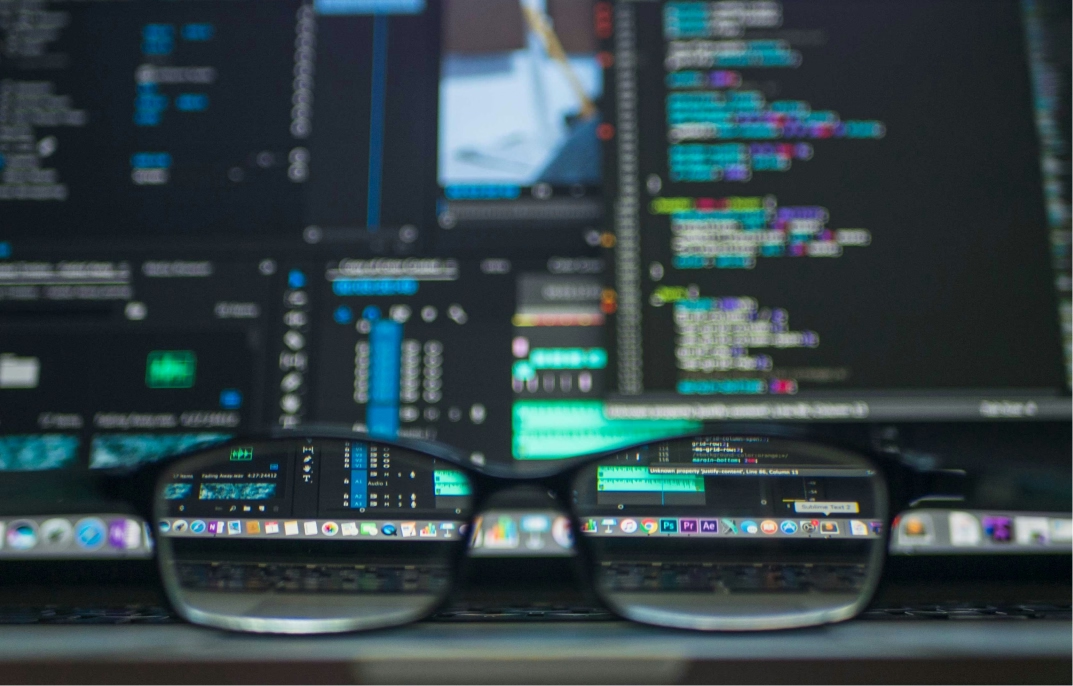The retail industry has always been about creating memorable and engaging experiences. In the quest to captivate consumers, brands are increasingly turning to gamification—a strategy that integrates game-like elements into non-gaming environments. Gamification is revolutionizing how retailers interact with their customers, transforming mundane shopping activities into fun, interactive, and rewarding experiences.
This article explores the role of gamification in retail, the psychology behind its effectiveness, real-world applications, and best practices for implementing gamified strategies to enhance customer engagement and drive sales.

Understanding Gamification in Retail
Gamification refers to incorporating game mechanics—such as points, badges, challenges, and rewards—into non-gaming contexts to influence user behavior. In retail, gamification transforms traditional shopping into an engaging experience by encouraging interaction, fostering loyalty, and increasing customer satisfaction.
Key Elements of Gamification
- Challenges and Quests: Tasks or missions customers complete to earn rewards or advance to new levels.
- Rewards and Incentives: Discounts, exclusive products, or loyalty points given in return for participation.
- Leaderboards and Social Sharing: Ranking systems and shareable achievements that encourage competition and community building.
- Progression Systems: Badges, levels, or progress bars that provide a sense of accomplishment.

The Psychology Behind Gamification
Gamification taps into core psychological principles, making it an effective tool for engaging customers.
1. Intrinsic and Extrinsic Motivation
Gamified experiences appeal to both intrinsic motivations (the joy of play, curiosity, and achievement) and extrinsic motivations (earning tangible rewards or recognition).
2. Dopamine Release
Completing challenges, earning rewards, or leveling up triggers the release of dopamine, creating a positive emotional response and reinforcing engagement.
3. FOMO (Fear of Missing Out)
Limited-time challenges or exclusive rewards leverage FOMO, driving customers to participate actively to avoid missing out.
4. Sense of Community
Social features like leaderboards or team-based challenges foster a sense of belonging and competition, which deepens engagement.
Applications of Gamification in Retail
Gamification is a versatile tool that can be tailored to fit various retail contexts. Here are some innovative ways it’s being applied:
1. Loyalty Programs
Traditional loyalty programs are getting a gamified makeover. Instead of just collecting points for purchases, customers now earn rewards for actions like referrals, app usage, or completing challenges.
- Example: Starbucks’ Star Rewards program gamifies loyalty by allowing customers to collect stars for purchases and redeem them for rewards. Seasonal challenges encourage members to try new products for bonus stars.
2. Interactive In-Store Experiences
Retailers are using gamification to enhance the in-store shopping experience, turning physical stores into interactive playgrounds.
- Example: Nike’s flagship stores feature interactive zones where customers can test products in virtual environments or participate in fitness challenges to win discounts.
3. Augmented Reality (AR) Games
AR-based gamification offers immersive experiences, blending the digital and physical worlds to engage customers.
- Example: IKEA’s Place app allows customers to visualize furniture in their homes. Coupled with gamified challenges like designing the perfect room for rewards, AR enhances customer interaction.
4. Mobile Apps and Games
Many retailers integrate gamification into their mobile apps, using games to boost app engagement and drive sales.
- Example: Sephora’s Virtual Artist app lets users virtually try on makeup. Gamified quizzes and challenges help users discover new products and earn loyalty points.
5. Social Media Campaigns
Gamified campaigns on social platforms increase brand visibility and encourage customer participation.
- Example: Adidas’ #HereToCreate campaign challenges customers to share creative workout routines on Instagram, rewarding participants with exclusive merchandise.
6. Seasonal Promotions
Retailers often use gamification during peak seasons to attract and retain customers.
- Example: Amazon’s Prime Day Treasure Hunt engages customers with scavenger hunts across the platform, offering discounts and exclusive deals to participants.

Benefits of Gamification in Retail
Gamification is more than just a trend—it’s a powerful strategy with numerous benefits for retailers.
1. Enhanced Customer Engagement
Gamified experiences capture attention and encourage interaction, keeping customers engaged longer.
2. Increased Brand Loyalty
By rewarding participation and purchases, gamification builds emotional connections, fostering long-term loyalty.
3. Boosted Sales and Conversion Rates
Interactive challenges and rewards create a sense of urgency and excitement, driving purchases and increasing average order value.
4. Improved Data Collection
Gamification encourages customers to share information willingly, providing valuable insights into their preferences and behaviors.
5. Strengthened Community
Leaderboards, team challenges, and social sharing features cultivate a sense of community, turning customers into brand advocates.

Challenges in Gamification
Despite its advantages, implementing gamification in retail isn’t without challenges.
1. Balancing Complexity and Accessibility
Overly complex games can alienate customers, while overly simple ones may fail to engage. Striking the right balance is critical.
2. Ensuring Long-Term Engagement
Gamified experiences need to evolve to remain engaging. Repeating the same mechanics can lead to diminishing returns.
3. Avoiding Over-Gamification
Too many gamified elements can overwhelm customers and dilute the shopping experience.
4. Measuring ROI
It can be challenging to quantify the direct impact of gamification on sales or customer loyalty.

Best Practices for Implementing Gamification
To harness the full potential of gamification, retailers must approach its implementation strategically.
1. Know Your Audience
Understanding your target audience’s preferences, behaviors, and motivations is key to designing effective gamified experiences.
2. Set Clear Objectives
Define specific goals, whether it’s increasing engagement, driving sales, or improving brand loyalty. Align game mechanics with these objectives.
3. Prioritize User Experience
Keep the gamified experience intuitive and enjoyable. Minimize friction and ensure that participation feels rewarding, not cumbersome.
4. Leverage Technology
Utilize advanced technologies like AR, AI, and machine learning to create dynamic, personalized experiences.
5. Test and Iterate
Regularly test gamified features, gather customer feedback, and refine the experience to maintain engagement and effectiveness.
Future Trends in Gamification for Retail
The future of gamification in retail will be shaped by advancements in technology and evolving customer expectations.
1. Hyper-Personalization
AI-driven analytics will enable retailers to deliver personalized challenges, rewards, and content tailored to individual preferences.
2. Integration with the Metaverse
As the metaverse grows, retailers will create gamified experiences within virtual spaces, offering customers new ways to shop, socialize, and earn rewards.
3. Eco-Friendly Gamification
Gamified campaigns encouraging sustainable behaviors, like recycling or choosing eco-friendly products, will become more prevalent.
4. Blockchain and NFTs
Blockchain technology will power gamified loyalty programs, while NFTs may serve as exclusive rewards, enhancing the value of customer participation.
Gamification transforms shopping into an adventure, blending fun with function to create unforgettable customer experiences.
Conclusion
Gamification is redefining how businesses connect with customers, turning retail into an interactive and enjoyable experience. By integrating game-like elements, retailers can foster deeper customer engagement, build loyalty, and boost sales, all while making shopping more memorable. As advancements in technology open new possibilities, gamification will remain a cornerstone of innovative retail strategies.
At Codebridge, we specialize in developing cutting-edge solutions to help businesses like yours leverage gamification effectively. Whether you’re looking to create immersive mobile apps, design personalized loyalty programs, or integrate gamified features into your platform, our team is ready to help.
Let’s bring your vision to life! Explore our Custom Software Development Services or schedule a consultation to discuss how we can transform your retail experience with gamification. For more information, contact us today—the future of retail starts here!
FAQ
What is gamification in retail and why is it effective?
Gamification in retail uses game-like elements—such as rewards, points, challenges, and leaderboards—to engage shoppers. It is effective because it motivates participation, increases time spent shopping, and creates emotional connections that drive loyalty and repeat purchases.
How does gamification improve customer engagement in retail?
Gamified experiences encourage customers to interact more frequently with a brand. Features like spin-to-win offers, progress tracking, and achievement badges make shopping more interactive, increasing engagement across mobile apps, websites, and in-store platforms.
What types of gamification strategies work best for retail brands?
Popular strategies include loyalty programs, daily challenges, referral rewards, limited-time competitions, and interactive quizzes. These mechanics tap into customers’ desire for achievement and rewards while subtly guiding purchasing behavior.
How can gamification increase sales and conversion rates?
Gamification drives urgency and incentives through exclusive rewards, tier-based benefits, and time-limited challenges. Customers are more likely to complete purchases to earn points or unlock perks, leading to higher conversion rates and average order value.
Which technologies support gamification in retail platforms?
Retail gamification is powered by mobile apps, web platforms, CRM systems, AI-driven personalization engines, and analytics tools. Integration with loyalty systems and real-time data allows brands to deliver tailored and dynamic game-based experiences.
How can retailers measure the success of gamification initiatives?
Success can be measured using metrics such as engagement rates, repeat visits, conversion rates, loyalty program participation, and customer lifetime value. Tracking these KPIs helps retailers refine their gamification strategies for better performance.
Heading 1
Heading 2
Heading 3
Heading 4
Heading 5
Heading 6
Lorem ipsum dolor sit amet, consectetur adipiscing elit, sed do eiusmod tempor incididunt ut labore et dolore magna aliqua. Ut enim ad minim veniam, quis nostrud exercitation ullamco laboris nisi ut aliquip ex ea commodo consequat. Duis aute irure dolor in reprehenderit in voluptate velit esse cillum dolore eu fugiat nulla pariatur.
Block quote
Ordered list
- Item 1
- Item 2
- Item 3
Unordered list
- Item A
- Item B
- Item C
Bold text
Emphasis
Superscript
Subscript








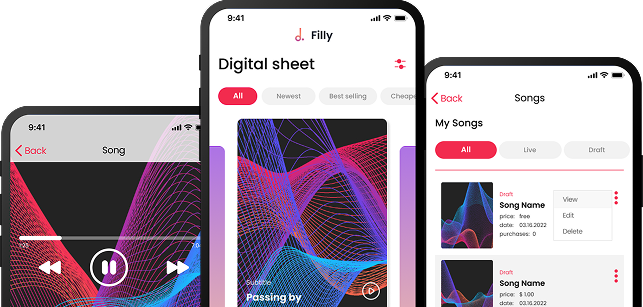

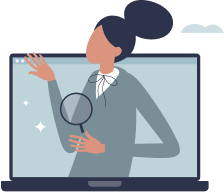








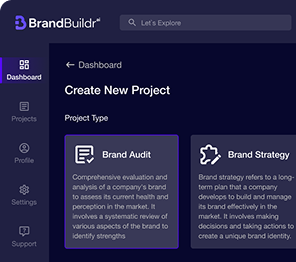
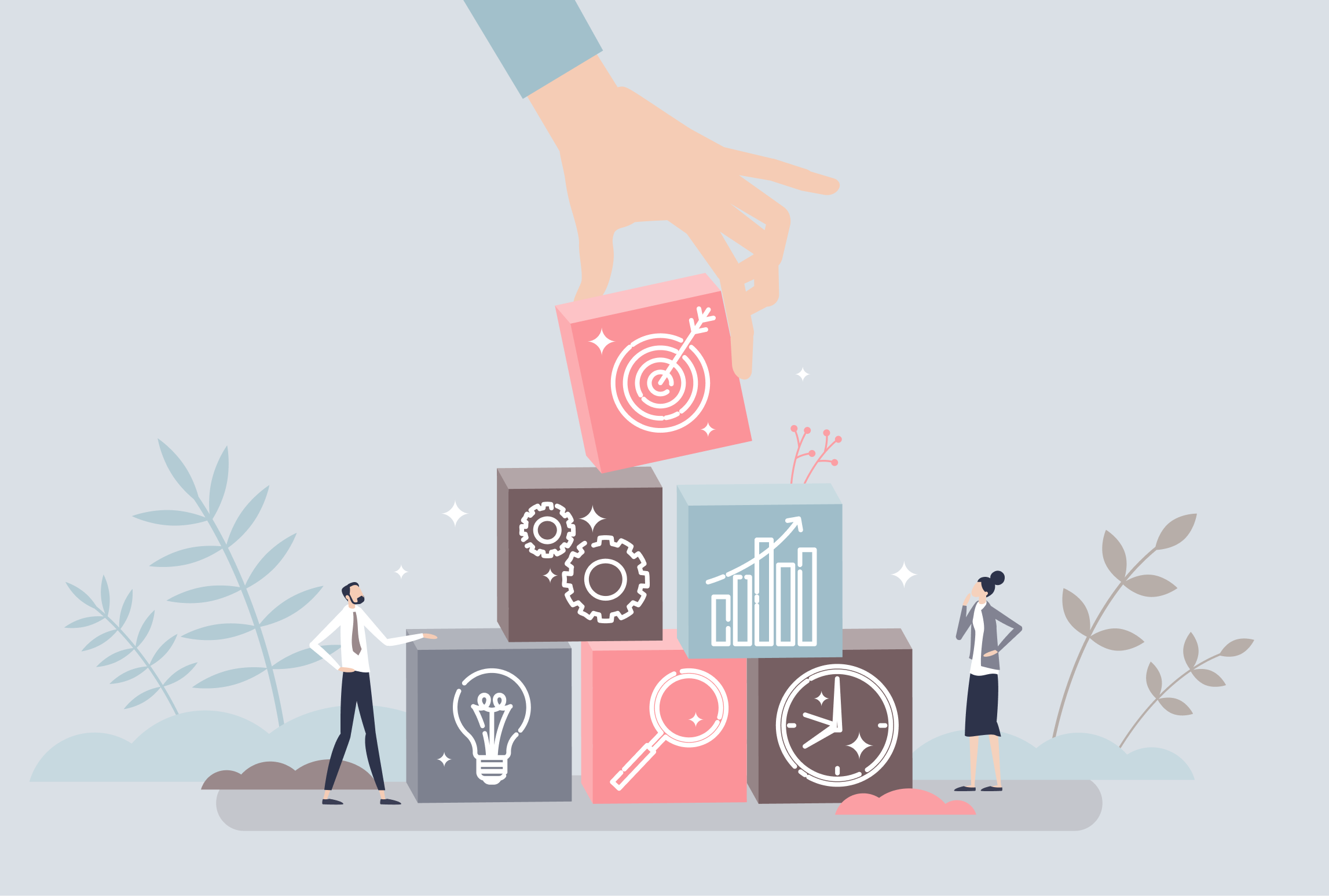
.avif)



.avif)

.avif)

